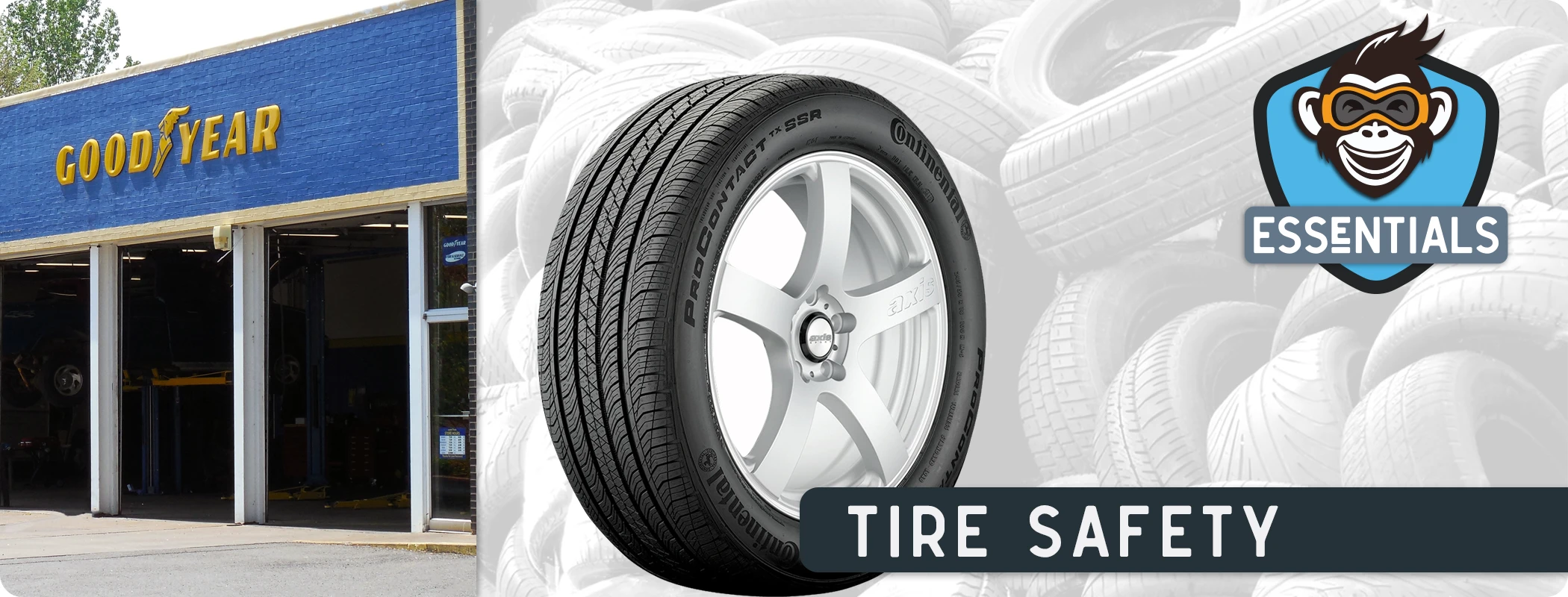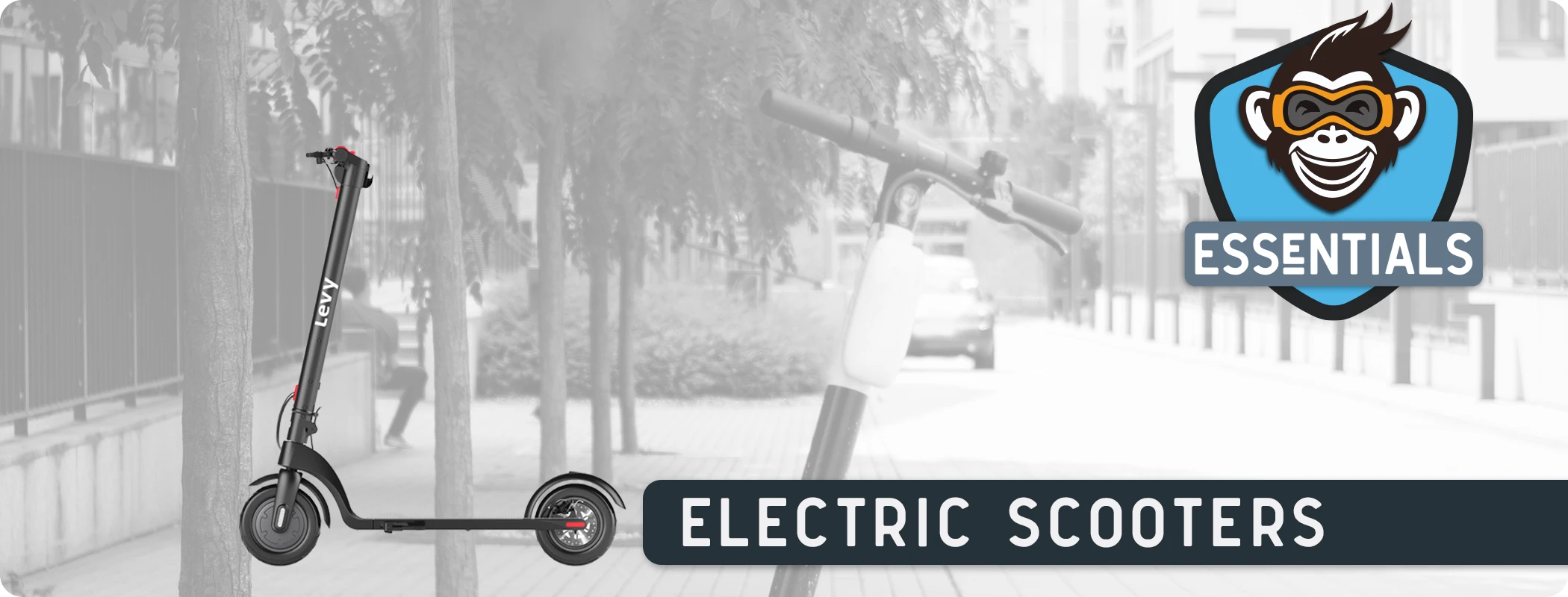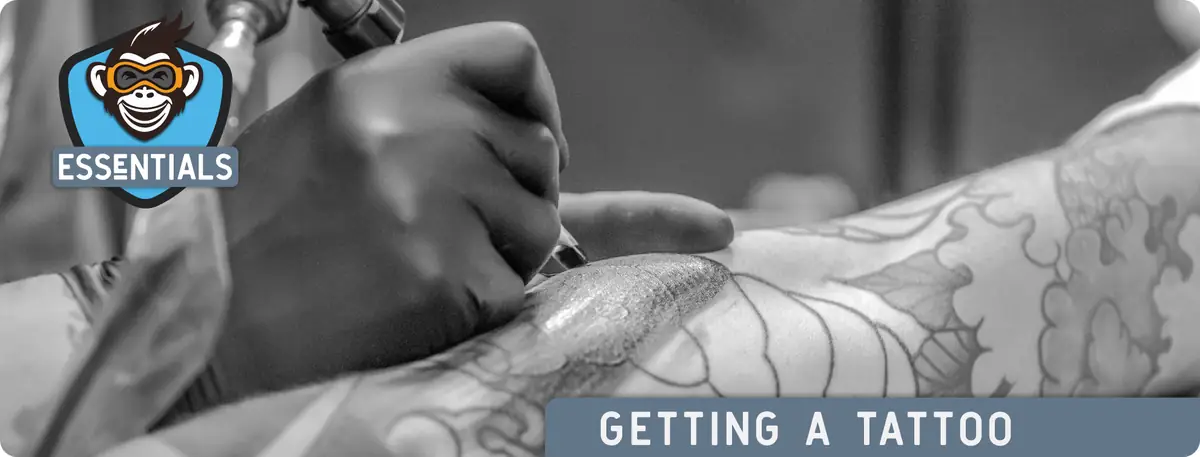
Essential Tire Safety Tips: What Every Driver Should Know
Your tires are the only point of contact between your vehicle and the road. Proper tire maintenance isn’t just about extending their lifespan—it’s about ensuring your safety and the safety of others on the road. In this essential guide, we break down the fundamentals of tire care that every driver should know.
Why Tire Maintenance Matters
Improperly maintained tires can lead to:
- Reduced fuel efficiency
- Premature tire wear and unnecessary expense
- Compromised handling and braking
- Increased risk of blowouts and accidents
The good news? Basic tire maintenance is something you can easily do at home with minimal tools and knowledge.
Checking Tire Pressure: The Right Way

One of the most critical aspects of tire maintenance is ensuring proper inflation. According to Phil Baum from ProTech Auto in Bellevue, Pennsylvania, there are some important guidelines to follow:
-
Always reference the manufacturer’s specifications: Look at the driver’s side door jamb for a label that indicates the correct tire pressure for your vehicle. This is crucial as the optimal pressure varies between different vehicles and tire sizes.
-
Check pressure when tires are cold: The best time to check tire pressure is first thing in the morning before driving. Even a short two-mile drive can build up heat in the tires, causing an inaccurate pressure reading.
-
Use a reliable pressure gauge: A basic tire pressure gauge costs about a dollar at any auto parts store. To use it, simply remove the valve cap, press the gauge firmly onto the valve stem once, and read the pressure.
-
Stay within recommended ranges: Your tire pressure should be at or within 1-2 PSI of the manufacturer’s recommendation.
Understanding the Dangers of Improper Inflation

Improper tire inflation doesn’t just waste money—it creates serious safety hazards:
-
Underinflated tires: When a tire doesn’t have enough air, the middle collapses and the edges bear all the weight. This creates excessive wear on the outer edges while reducing traction in the center. Additionally, the internal structure of underinflated tires can deteriorate rapidly, creating debris inside the wheel well.
-
Overinflated tires: Too much air causes the center of the tire to bulge outward, creating excessive wear in the middle while the edges remain relatively unworn.
Both scenarios dramatically reduce tire lifespan and compromise your vehicle’s handling, braking, and stability.
Measuring Tread Depth

Adequate tread depth is essential for maintaining traction, especially in wet or slippery conditions. Here’s how to check yours:
-
Use a tread depth gauge: This inexpensive tool can be purchased at any auto parts store. Place it between the treads, push down, and read how many 32nds of an inch of tread remain.
-
Know the safety limits: Anything below 3/32 of an inch means it’s time to have your tires professionally evaluated for replacement. For optimal performance, especially in wet conditions, maintaining tread depth above 4/32 of an inch is recommended.
Recognizing Danger Signs

Watch for these critical warning signs that indicate your tires need immediate attention:
-
Dry rot: Cracking, breaking, or peeling on the tire surface indicates age or environmental damage that can lead to blowouts.
-
Bald spots: Tires with no visible tread are extremely dangerous in all conditions. They provide virtually no grip for turning or stopping and should be replaced immediately, regardless of the tire’s position on the vehicle.
-
Internal wear: Tire shavings inside the wheel well indicate internal structural damage from driving on underinflated tires.
Remember: No matter which wheels are affected, driving on severely worn tires puts your life at risk. Even if bald tires are on non-drive wheels, they severely compromise steering (on front wheels) or stability (on rear wheels).
When to Seek Professional Help
While many aspects of tire maintenance can be handled at home, certain issues require professional attention:
- Unusual wear patterns that might indicate alignment problems
- Vibrations or pulling to one side while driving
- Any visible damage to the tire sidewall
- Persistent pressure loss that might indicate a slow leak
Conclusion
Taking a few minutes each month to check your tires can save you money, extend the life of your tires, and potentially save lives. Remember to check your tire pressure when the tires are cold, maintain adequate tread depth, and address any signs of damage promptly.
Special thanks to Phil Baum from ProTech Auto in Bellevue, Pennsylvania for sharing his expertise on proper tire care.
A Video Guide for Tire Safety
About the Author

Ray is the founder of Stray Monkey, and as a shameless plug he wants to remind you to check out the SetScribe sports card collection app.
Share This Article
 Check These Out
Check These Out
Content not available. Please disable site blocker to view.
About Stray Monkey
Stray Monkey is your source for entertainment, travel, and lifestyle content that's a little off the beaten path.
Learn more about us








